Hydrangeas That Will Make Your Front Yard Pop
Hydrangeas That Will Make Your Front Yard POP
Hydrangeas are some of the most popular flowering shrubs in the world, and for good reason. They come in a wide variety of colors, sizes, and shapes, and they can add a touch of elegance and beauty to any front yard.
If you're thinking about adding hydrangeas to your front yard, there are a few things you need to know. First, you need to choose the right variety for your climate. Hydrangeas are hardy in USDA zones 3-9, but some varieties are more cold-tolerant than others. Once you've chosen the right variety, you need to plant it in the right location. Hydrangeas prefer full sun to partial shade, and they need well-drained soil.
With a little care and attention, hydrangeas can thrive in your front yard for many years. They're relatively low-maintenance plants, and they don't need to be watered very often. Just be sure to fertilize them in the spring and fall, and prune them back in the winter.
Here are a few of the most popular hydrangea varieties for front yards:
- Mophead hydrangeas are the most common type of hydrangea. They have large, rounded flower heads that can be blue, pink, or white.
- Amish hydrangeas are a type of mophead hydrangea that is known for its large, double flowers.

- Panicle hydrangeas are tall, upright shrubs that produce large, cone-shaped flower clusters.
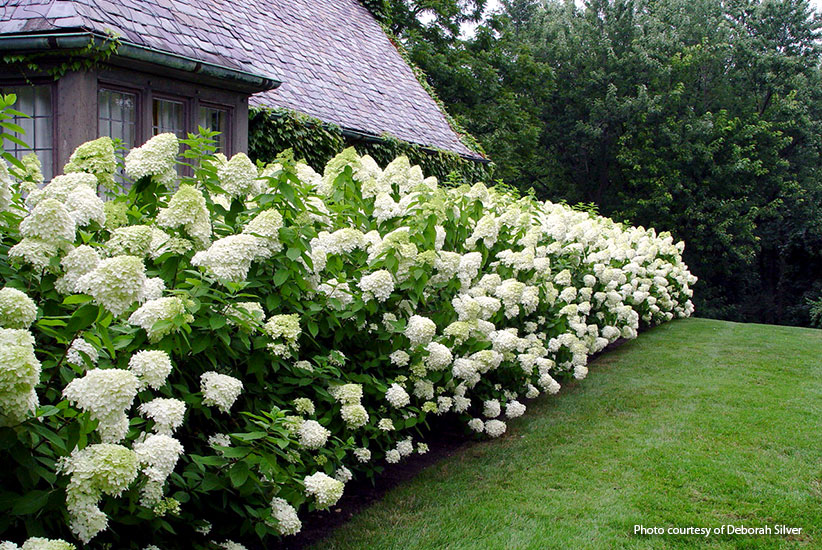
- Oakleaf hydrangeas have large, maple-shaped leaves and small, white flowers.
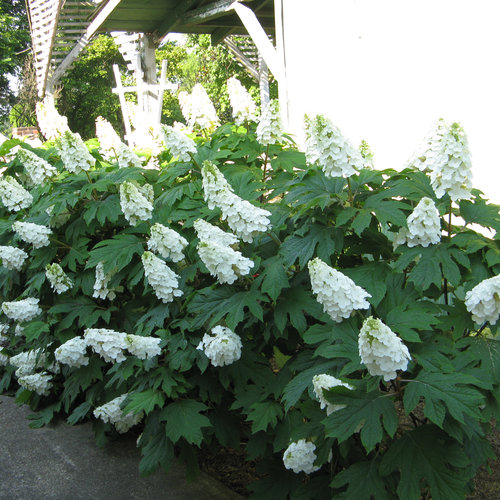
- Smooth hydrangeas are small, compact shrubs that produce small, white flowers.
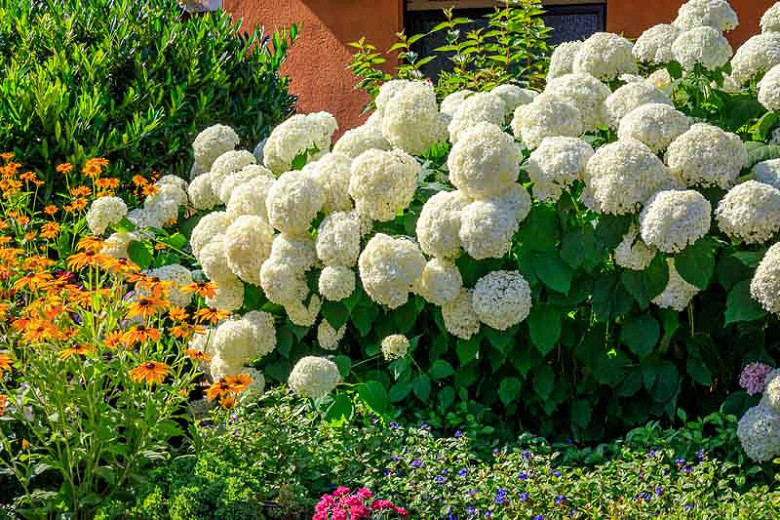
No matter what type of hydrangea you choose, it's sure to add a touch of beauty and elegance to your front yard.
Here are some tips for landscaping with hydrangeas in your front yard:
- Group hydrangeas together in clusters for a more dramatic effect.
- Plant hydrangeas near a walkway or driveway so you can enjoy their beauty up close.
- Pair hydrangeas with other flowering shrubs or perennials for a colorful display.
- Use hydrangeas to create a focal point in your front yard.
- Hydrangeas can also be used to camouflage an unsightly foundation or fence.
With a little creativity, you can use hydrangeas to create a beautiful and inviting front yard that everyone will admire.
Hydrangeas are a beautiful and versatile flowering shrub that can add a touch of elegance to any front yard. But with so many different types of hydrangeas to choose from, it can be tough to know which one is right for you.
That's where comes in. Our website is a comprehensive resource for all things hydrangeas, including information on the best hydrangeas for front of house. We'll take into account your climate, soil conditions, and desired level of maintenance to help you find the perfect hydrangea for your home.
In addition to our in-depth articles on hydrangeas, we also offer a variety of resources, such as:
- A hydrangea plant finder that can help you match the right hydrangea to your needs
- A hydrangea care guide that will teach you everything you need to know to keep your hydrangeas healthy and thriving
- A hydrangea photo gallery that showcases the beauty of these stunning shrubs
We also have a team of experienced horticulturists who are available to answer your questions and help you choose the best hydrangea for your front yard.
So whether you're a beginner or a seasoned gardener, is the perfect resource for all your hydrangea needs. Visit our website today to learn more!
FAQ of best hydrangea for front of house
1. What are the best hydrangeas for the front of a house?
There are many different types of hydrangeas, so it is important to choose one that will thrive in the conditions in your area. Some of the best hydrangeas for the front of a house include:
- Endless Summer Hydrangea: This hydrangea blooms for a long period of time, from early summer to fall. It is also relatively easy to care for.
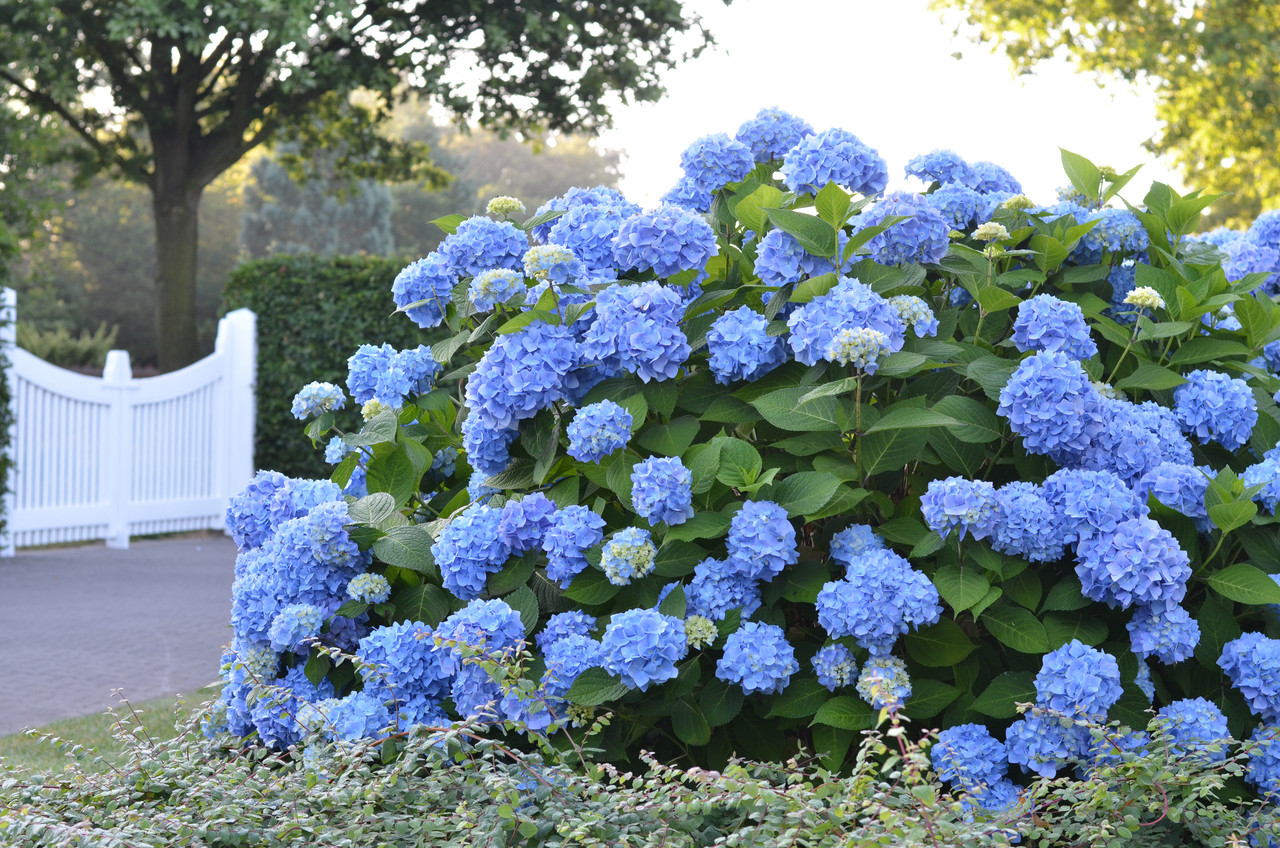
- Bigleaf Hydrangea: This hydrangea is known for its large, showy blooms. It prefers full sun to partial shade and moist, well-drained soil.
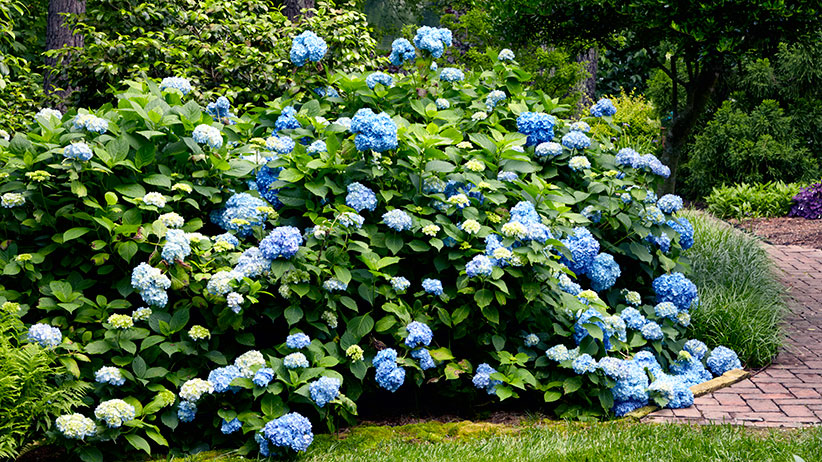
- Smooth Hydrangea: This hydrangea is a good choice for shady areas. It has smaller blooms than other types of hydrangeas, but it is still very attractive.

- Panicle Hydrangea: This hydrangea produces tall, cone-shaped blooms. It is a good choice for areas with full sun.

- Oakleaf Hydrangea: This hydrangea is native to North America. It has dark green leaves and white or pink blooms. It prefers part shade and moist, well-drained soil.

2. What are the factors to consider when choosing a hydrangea for the front of my house?
When choosing a hydrangea for the front of your house, you should consider the following factors:
- Sunlight: Hydrangeas need at least partial sun to bloom well. Some varieties can tolerate full sun, while others prefer shade.
- Soil: Hydrangeas prefer moist, well-drained soil. If your soil is sandy or dry, you may need to add compost or other organic matter to improve drainage.
- Climate: Hydrangeas are hardy in USDA zones 3 to 9. However, some varieties are more cold-hardy than others.
- Size: Hydrangeas can grow to be quite large, so it is important to choose a variety that will fit in the space you have available.
- Bloom time: Hydrangeas bloom at different times of the year, so you can choose a variety that will bloom when you want it to.
3. How do I care for hydrangeas?
Hydrangeas are relatively easy to care for. They need regular watering, especially during hot, dry weather. You should also fertilize them once a month during the growing season.
In the fall, you should cut back hydrangeas to about 6 inches tall. This will help them to regrow strong and healthy in the spring.
4. How do I prevent hydrangeas from turning brown?
Hydrangeas can turn brown if they are not getting enough water or if they are planted in too much shade. You can prevent this by watering your hydrangeas regularly and planting them in a spot that gets at least partial sun.
You can also try adding some lime to the soil around your hydrangeas. This will help to keep the soil pH balanced, which can help to prevent browning.
5. How do I get my hydrangeas to bloom blue?
The color of hydrangea blooms is determined by the pH of the soil. If you want your hydrangeas to bloom blue, you need to make sure that the soil pH is acidic. You can do this by adding some peat moss or sulfur to the soil.
You can also test the pH of your soil using a pH test kit. This will help you to determine how much peat moss or sulfur you need to add.
Image of best hydrangea for front of house
5 different images of "best hydrangea for front of house" from pinterest.com:
- Endless Summer Hydrangea. This hydrangea is a popular choice for front of house planting because it blooms for a long period of time, from early summer to fall. It is also relatively easy to care for.

- Limelight Hydrangea. This hydrangea is known for its large, lime green blooms. It is a relatively hardy plant that can tolerate a variety of soil conditions.
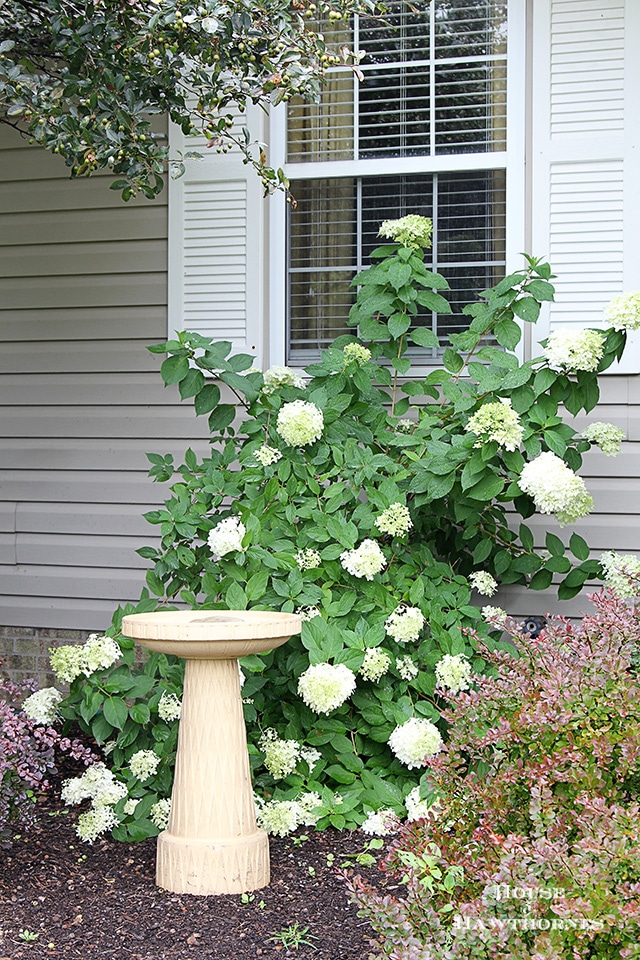
- Nikko Hydrangea. This hydrangea is known for its large, blue blooms. It is a relatively easy-care plant that can tolerate full sun or partial shade.

- Incrediball Hydrangea. This hydrangea is known for its large, pink blooms. It is a relatively hardy plant that can tolerate a variety of soil conditions.

- Blue Bird Hydrangea. This hydrangea is known for its large, blue blooms. It is a relatively easy-care plant that can tolerate full sun or partial shade.

Post a Comment for " Hydrangeas That Will Make Your Front Yard Pop"